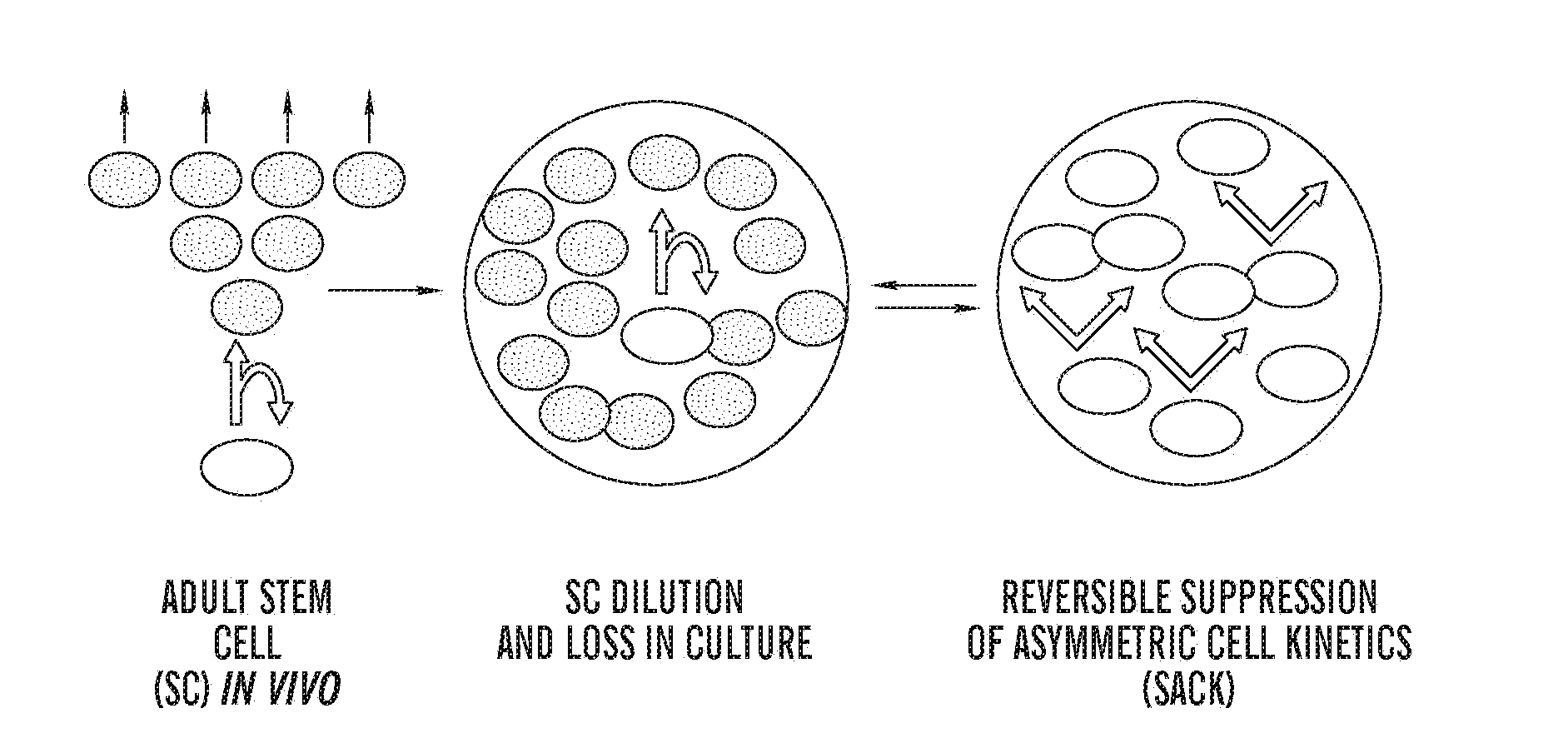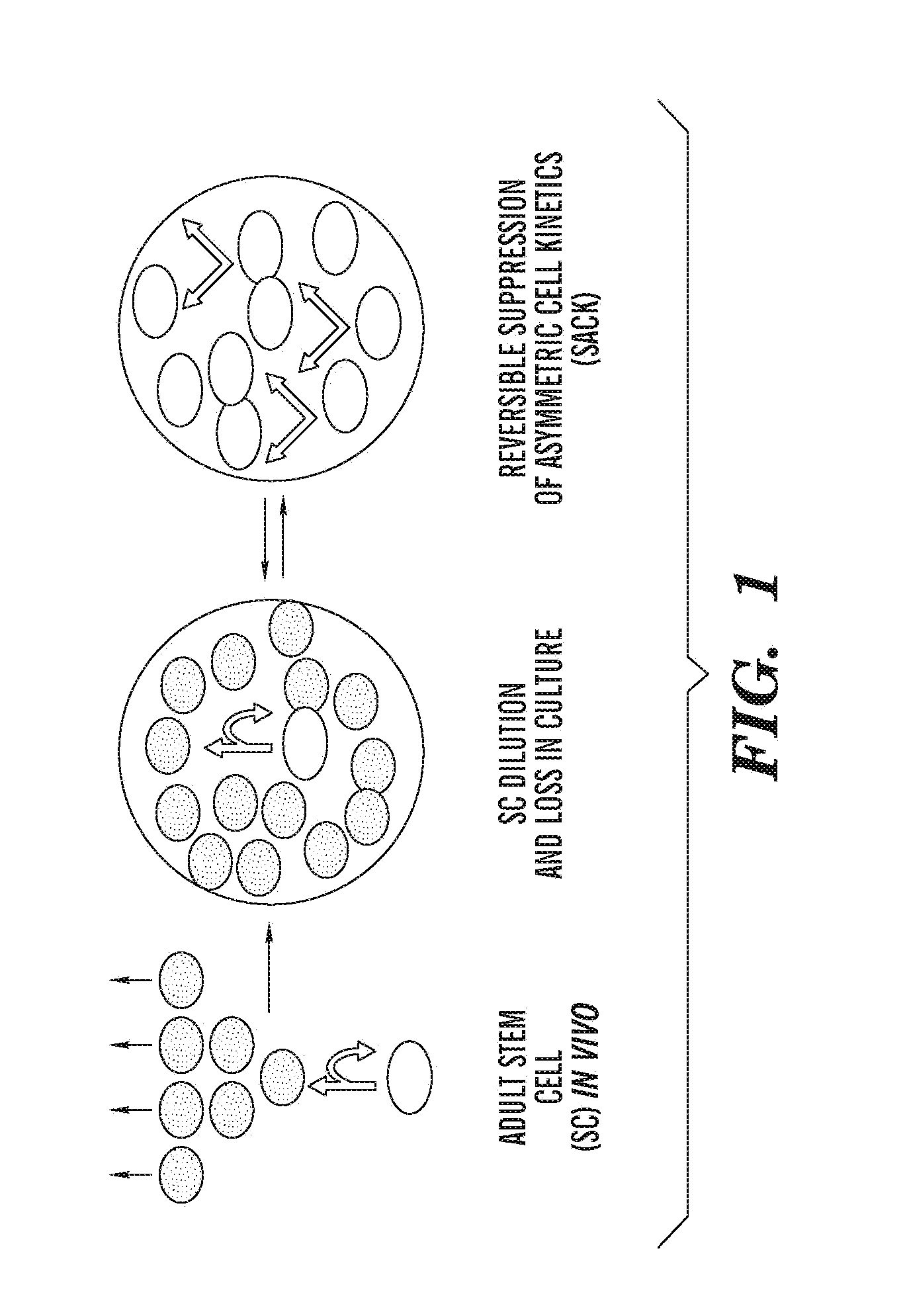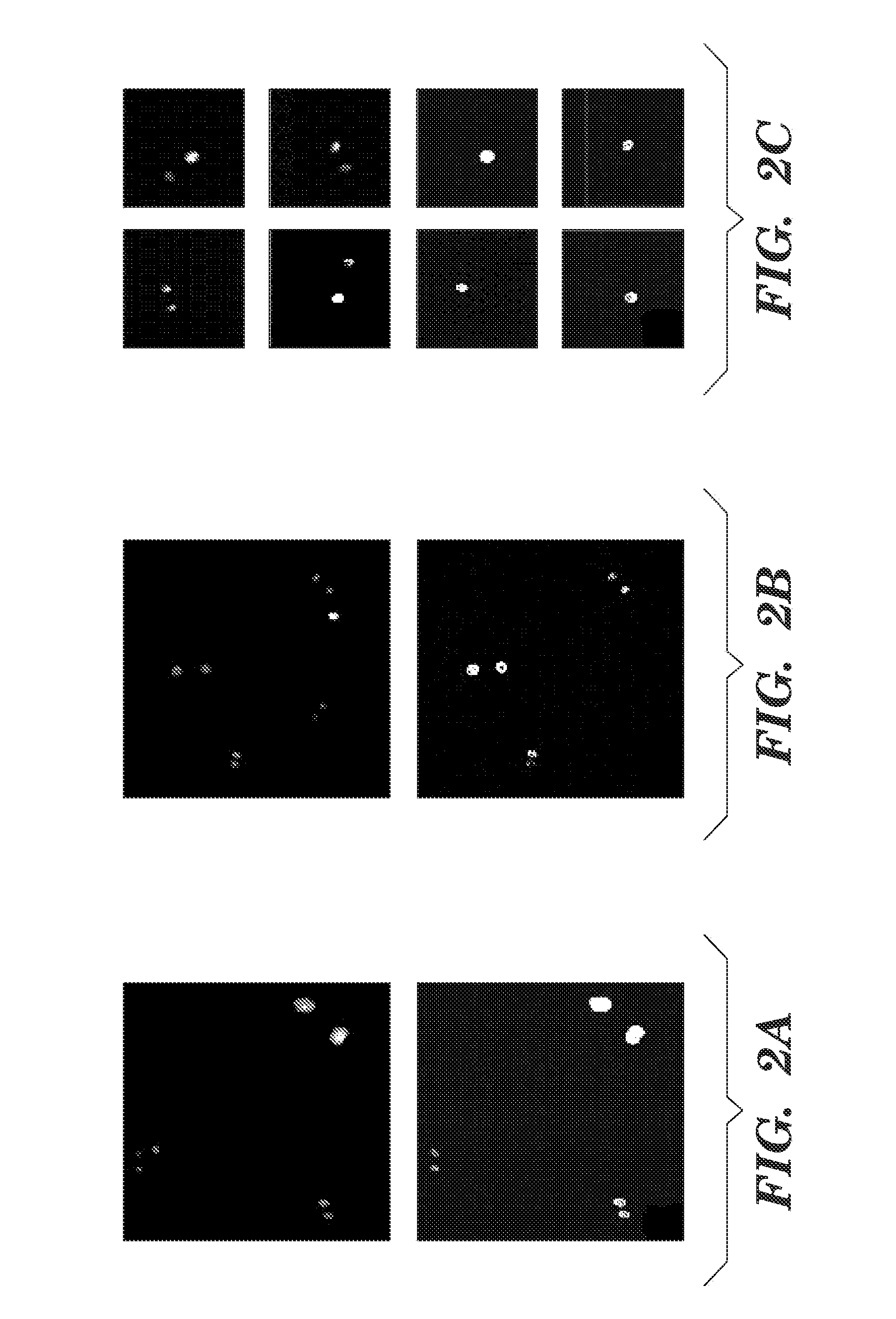Hepatocyte precursor cell lines
a technology hepatocytes, which is applied in the field of isolation of hepatocyte precursor cells, can solve the problems of hepatocyte transplantation therapy, serious shortage of donor livers for hepatocyte isolation, and often fail medical and surgical treatments of patients, so as to suppress asymmetric cell kinetics and enhance guanine nucleotide biosynthesis
- Summary
- Abstract
- Description
- Claims
- Application Information
AI Technical Summary
Benefits of technology
Problems solved by technology
Method used
Image
Examples
example 1
Clonal Expansion of Adult Rat Hepatic Stem Cell Lines by Suppression of Asymmetric Cell Kinetics (SACK)
Materials and Methods
Materials
[0112]With the exception of anti-albumin (EY Laboratories) and anti-CK7 (Chemicon) antibodies, all specific antibodies for immunoblotting studies were supplied by Santa Cruz. D. Hixon (Brown University, Providence, R.I.) kindly provided anti-H.4 antibodies. Xanthosine (Xs) was purchased from Sigma Chemical Co. (St. Louis, Mo.). Other antibodies used in immunohistochemical studies were supplied by Serotec.
SACK Cell Line Derivation and Culture
[0113]The starting cell preparation for SACK derivation was the non-parenchymal (NPC) cell fraction from male Fischer 344 rats prepared by in situ collagenase perfusion as described by others (Michalopoulos et al., 1999). The NPC cell fraction was centrifuge at 800 g for 5 minutes at 4° C. The resulting cell pellet was re-suspended in 30 ml of DMEM (high glucose, 4.5 mg / ml) supplemented with 10% dialyzed fetal bovin...
example 2
[0145]As described herein, Lig-8 is a stable adult stem cell line that was derived from the nonparenchymal cell fraction of collagenase-perfused adult rat liver. Lig-8 cells can be stably propagated in culture for periods exceeding 50 culture passages without evidence of neoplastic cell transformation as determined by soft agar colony formation studies in tumor formation studies in SCID mice.
Serum Requirements
[0146]Lig-8 cells were initially clonally derived in medium supplemented with 10% dialyzed fetal bovine serum and 400 μM xanthosine. They are routinely maintained in the same medium. The cells will also continue to proliferate in culture medium supplemented with only 1% fetal bovine serum (FIG. 9), whereas conventionally-derived, non-SACK, clonal adult rat liver epithelial cell lines undergo growth arrest under these conditions. Lig-8 cells also arrest and die if no serum is provided at all.
Morphology
[0147]Under routine culture conditions, Lig-8 cells exhibit an epithelial morp...
PUM
| Property | Measurement | Unit |
|---|---|---|
| concentrations | aaaaa | aaaaa |
| pH | aaaaa | aaaaa |
| pH | aaaaa | aaaaa |
Abstract
Description
Claims
Application Information
 Login to View More
Login to View More - R&D
- Intellectual Property
- Life Sciences
- Materials
- Tech Scout
- Unparalleled Data Quality
- Higher Quality Content
- 60% Fewer Hallucinations
Browse by: Latest US Patents, China's latest patents, Technical Efficacy Thesaurus, Application Domain, Technology Topic, Popular Technical Reports.
© 2025 PatSnap. All rights reserved.Legal|Privacy policy|Modern Slavery Act Transparency Statement|Sitemap|About US| Contact US: help@patsnap.com



